15 Common Foods You’re Probably Storing Wrong and Wasting Money
Storing food correctly is essential to keeping it fresh, safe to eat, and tasting its best. However, many unknowingly store certain foods incorrectly, leading to spoilage, flavor loss, or even foodborne illness.
Proper storage can cost you time and money, from refrigerating items that don’t belong there to leaving perishables in warm places. In this list, we’ll uncover some common foods that you may be storing wrong and how to fix them for optimal freshness.
Tomatoes
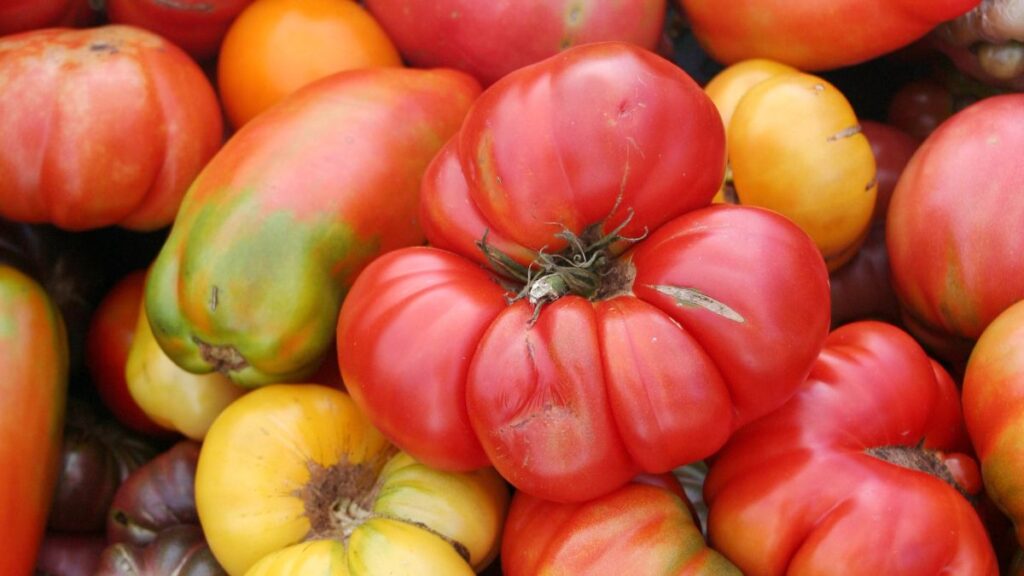
Tomatoes are often stored in the fridge, but they shouldn’t be. Cold temperatures can cause their texture to become mealy and their flavor to dull. Instead, store tomatoes at room temperature, away from direct sunlight.
Once they are fully ripe, you can move them to the refrigerator to extend their freshness by a few days. Always make sure to store them stem side up to avoid bruising the fruit.
Potatoes

Another common mistake is storing potatoes in the fridge. The cold temperature causes the starch in potatoes to turn into sugar, which changes their flavor and texture when cooked.
Potatoes should be kept in a cool, dark place, like a pantry or cellar, away from onions. Light exposure can cause them to sprout or turn green, resulting in a bitter taste and even toxic in large amounts.
Onions
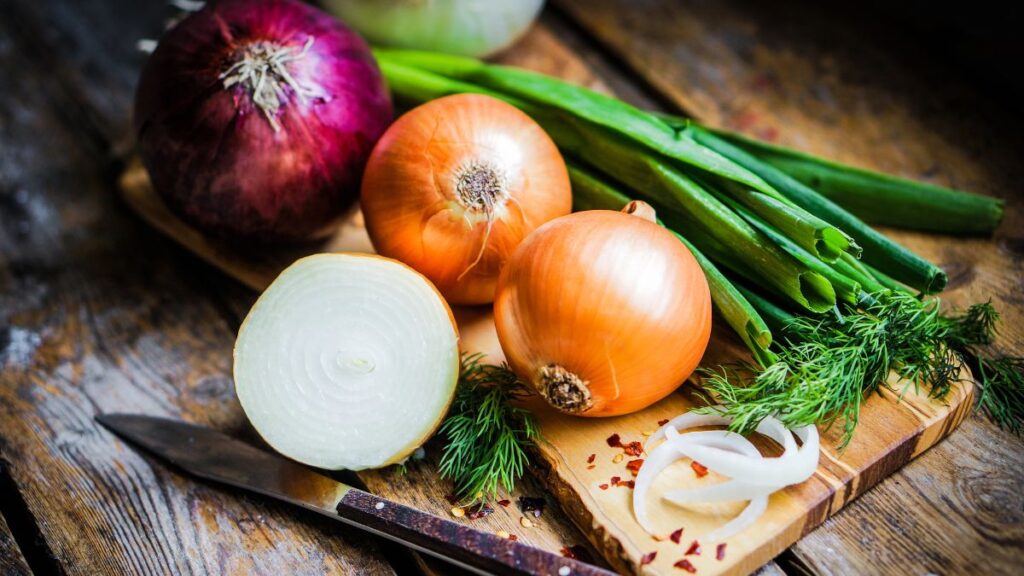
While many refrigerate onions, they fare better when stored in a dry, well-ventilated place. Refrigeration can make onions mushy and increase their chances of spoiling.
They should be kept at room temperature in a cool, dark place. Avoid storing them in plastic bags, as they need air circulation to stay fresh. Just remember to store onions separately from potatoes, as they can cause each other to spoil faster.
Garlic

Garlic is another food that doesn’t belong in the refrigerator. The cold environment can cause garlic to sprout prematurely, affecting its taste. Store garlic in a cool, dry place with good air circulation, like a mesh bag or basket.
A pantry or kitchen counter works well as long as it’s away from moisture and direct sunlight. Proper storage will help maintain garlic’s pungent flavor for months.
Bread

Bread is often stored in the fridge to keep it fresh, but this can cause it to dry out and become stale faster. Instead, store bread at room temperature in a breadbox or tightly wrapped in a cloth to maintain moisture.
For long-term storage, freeze bread in an airtight bag or container. When you’re ready to use it, thaw the bread at room temperature or toast it directly from frozen.
Avocados

Avocados can be tricky to store, especially if you’re not eating them right away. If your avocado is unripe, keep it at room temperature until it softens. Once it’s ripe, you can store it in the fridge to slow down further ripening.
If you’ve cut an avocado, leave the pit in the unused half and wrap it tightly to minimize browning. You can also sprinkle it with a little lemon or lime juice to keep it fresher longer.
Eggs
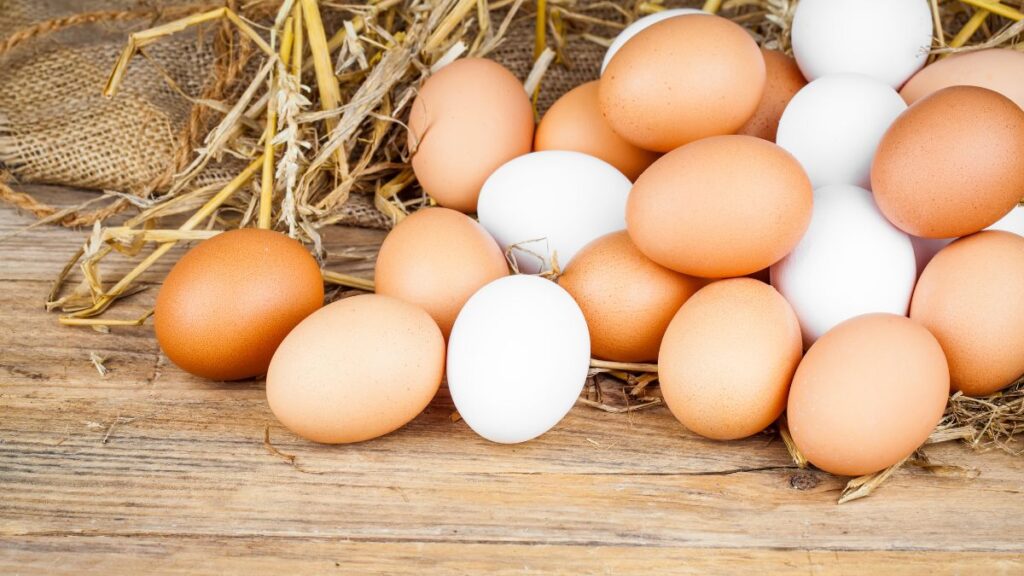
Many people store eggs in the door of the refrigerator, but this is not the best spot. The temperature fluctuates every time the door is opened, which can lead to faster spoilage. Instead, keep eggs on a shelf inside the fridge where the temperature is more stable.
If you buy farm-fresh eggs that haven’t been washed, they can actually be stored at room temperature, though refrigeration will extend their shelf life.
Herbs
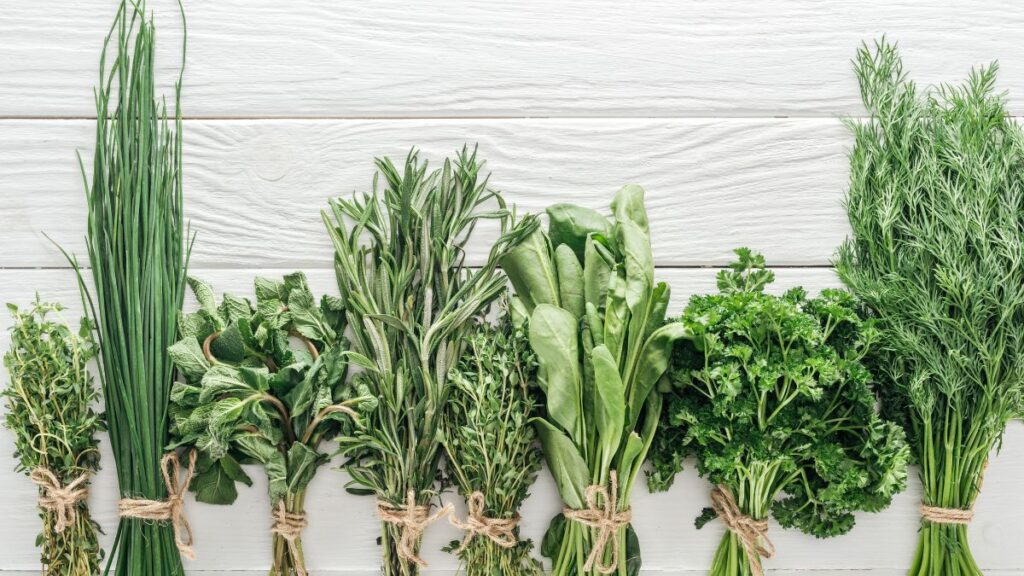
Fresh herbs like cilantro, parsley, and basil are often thrown into the fridge uncovered, where they quickly wilt. Instead, treat herbs like flowers by placing the stems in a glass of water and covering the leaves loosely with a plastic bag.
This method works best for soft-stemmed herbs. For hard-stemmed herbs like rosemary or thyme, wrap them in a damp paper towel and store them in a sealed container in the fridge to keep them fresh longer.
Apples
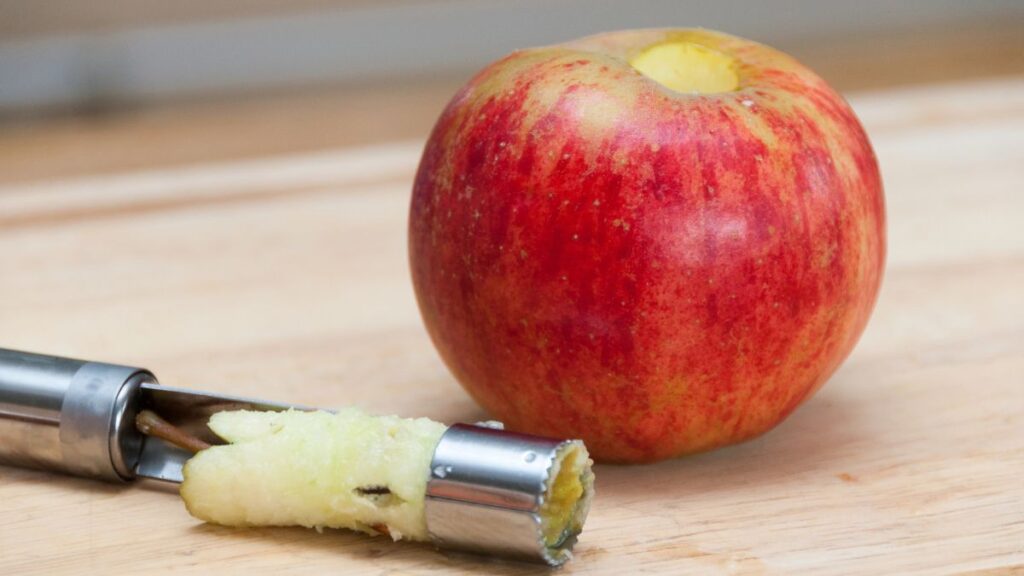
While apples can be stored at room temperature for a short period, they will stay fresh longer if refrigerated. Storing them in the crisper drawer of your fridge will help maintain their texture and crispness for weeks.
If left out on the counter, apples tend to ripen and soften quickly. Keep them away from bananas and other ethylene-producing fruits, as this gas can speed up their ripening process.
Bananas
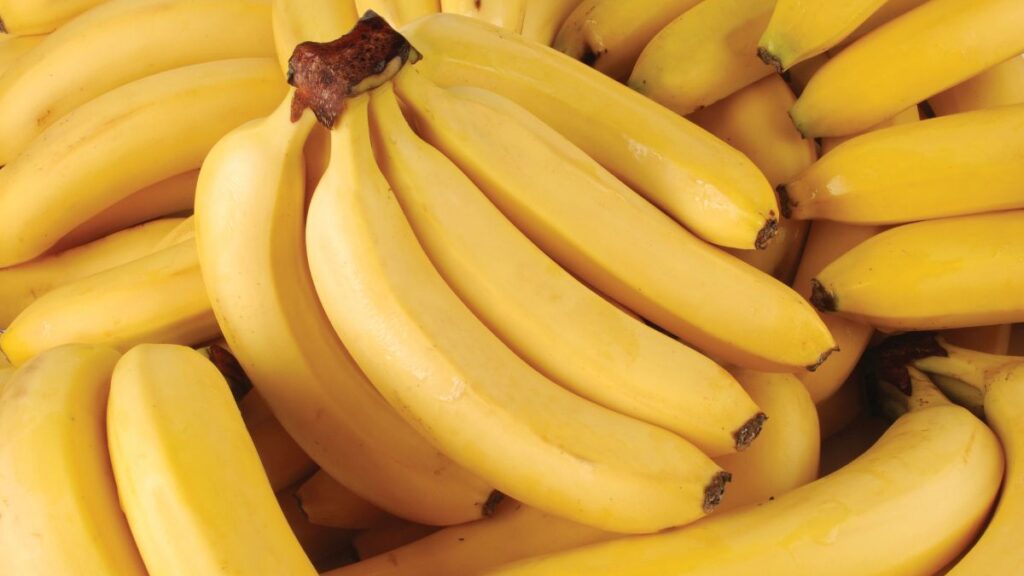
Bananas are often kept in the fridge, but the cold can cause their peel to turn brown and stop them from ripening properly. Bananas should be stored at room temperature until they ripen.
Once they are fully ripe, you can refrigerate them to slow down the browning of the flesh, even though the peel will darken. For long-term storage, you can freeze bananas by peeling them and storing them in a freezer bag.
Butter
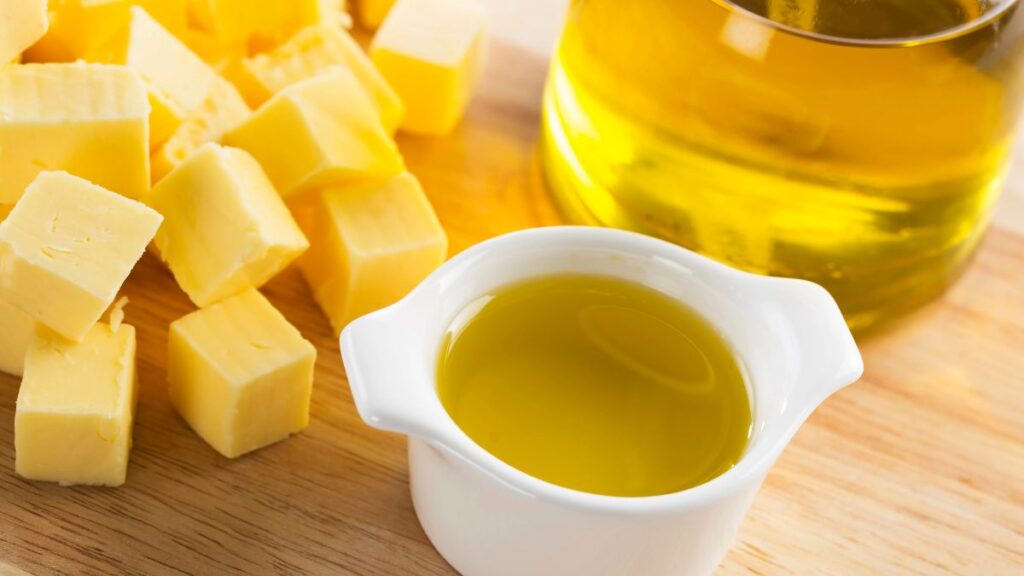
Butter is frequently kept in the fridge, but it can also be stored at room temperature in a butter dish, depending on the climate. In cooler environments, room temperature storage can keep butter soft and spreadable without going bad.
However, if it’s hot, it’s best to keep butter in the fridge to avoid spoilage. Salted butter can last longer outside the fridge than unsalted butter because of the added preservative effect of salt.
Nuts

Because of their high-fat content, keeping nuts at room temperature can lead to rancidity. They should be kept in an airtight container in the fridge or freezer to preserve their natural oils and prevent them from spoiling.
This is especially important for nuts like walnuts, almonds, and pecans. If you plan to consume them within a month, storing them in a cool, dry place at room temperature is fine, but the fridge is best for longer storage.
Cheese

Storing cheese in plastic wrap is a common mistake that can lead to mold or spoilage. Cheese needs to breathe, so it’s better to wrap it in wax paper or parchment paper and then place it in a loosely sealed container or bag.
Hard cheeses can be kept in the fridge, while soft cheeses should be stored in the coldest part of the fridge. If your cheese gets moldy, you can often cut off the affected area and enjoy the rest.
Flour

Many people store flour in the pantry, but it can become stale or infested with pests over time. For long-term storage, especially for whole grain flour, keeping flour in an airtight container in the fridge or freezer is better.
This will help preserve its freshness and prevent it from going rancid due to its oil content. If you’re storing flour at room temperature, make sure it’s in a sealed container to keep out moisture and bugs.
Coffee Beans
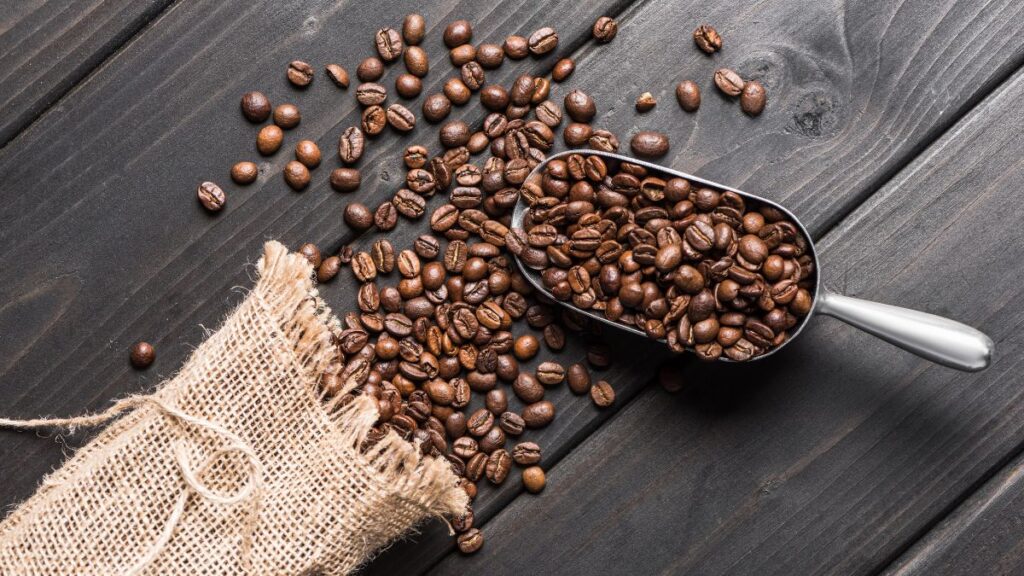
Storing coffee beans in the fridge or freezer is a common practice, but it’s not the best way to maintain freshness. The cold temperature and moisture can alter the flavor of the beans. Instead, keep coffee beans in an airtight container in a cool, dark place, such as a pantry. Properly stored, coffee beans can stay fresh for weeks, while ground coffee will lose its flavor much more quickly.
15 Places Where You’re Expected to Tip—But You Really Don’t Have To

Tipping has become a widespread practice in many industries, with the expectation that you’ll leave a little extra for good service. However, not every situation truly warrants a tip, even if you feel pressured to give one.
15 Places Where You’re Expected to Tip—But You Really Don’t Have To
15 Most Annoying Habits of American Tourists When Dining Abroad

Traveling abroad is an exciting adventure, and dining in new places is a big part of the experience. However, some common behaviors by American tourists can be frustrating for locals and affect the dining experience.
15 Most Annoying Habits of American Tourists When Dining Abroad







